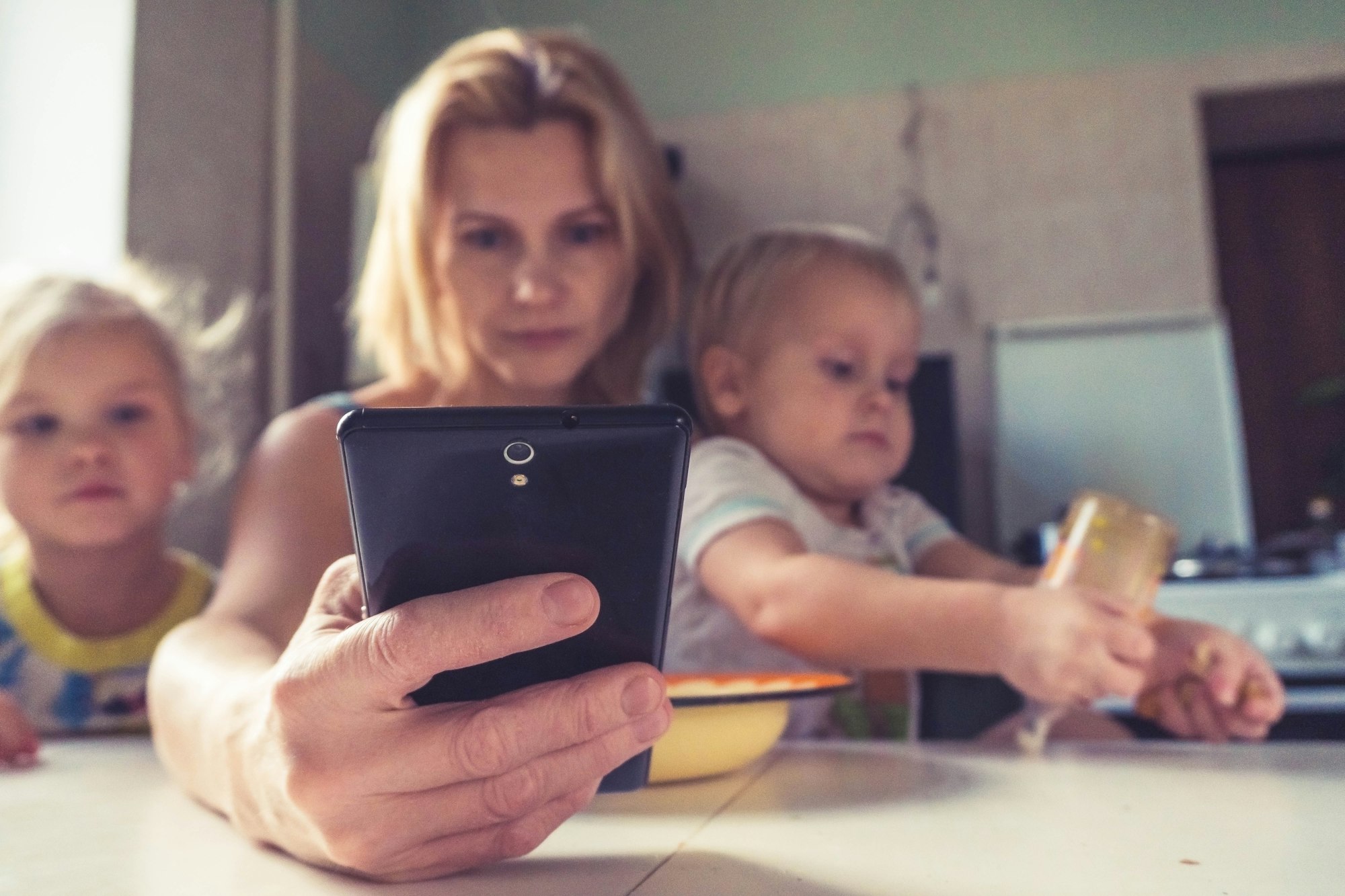This week, the Census Bureau released its latest estimates of poverty in America. As unreliable as the actual numbers are for measuring poverty, they provide a glimpse at the failure of our current approach to fighting poverty.
According to the Official Poverty Measure (OPM), the poverty rate declined by a statistically insignificant 0.1 percentage points to 11.5 percent, or roughly 37.9 million people. On the other hand, according to the Supplemental Poverty Measure (SPM), which many experts prefer, poverty increased by a whopping 4.6 percentage points to 12.4 percent, the largest one-year increase on record. According to the SPM, child poverty more than doubled from 5.4 percent in 2021 to 12.4 percent.
So what do these numbers tell us about our efforts to fight poverty? In one sense, surprisingly little. Both the OPM and SPM are deeply flawed though in different ways.
Nearly everyone who studies the issue agrees that the official poverty measure is virtually useless. Because the OPM counts only cash income, it fails to capture the value of most government benefits, particularly tax credits and in-kind benefits. Those benefits—which include the Earned Income Tax Credit, Medicaid, SNAP, housing, and other large scale social welfare programs—comprise the vast majority of benefits received by low-income Americans. The OPM, therefore, not only understates the resources available to poor Americans, it essentially ignores hundreds of billions of dollars that the government spends every year to fight poverty.
Moreover, the average family budget has changed significantly since the OPM was developed. For instance, food now comprises only about one-seventh of the average family’s budget, rather than the one-third assumed by the OPM. At the same time, expenses that carried little weight in the 1960s—such as health care, childcare, and housing—now consume a much higher share of family income. Nor does the OPM reflect the wide variation in cost-of-living across the country. Identical incomes mean very different things in, say, Los Angeles versus the Mississippi Delta.
The Supplemental Poverty Measure counts most government benefits and therefore does a much better job of capturing the total income that poor families receive. However, the SPM does a worse job of setting a standard with which to compare those resources. While the OPM measures resources against an absolute standard, the SPM measures resources against what most Americans (including those who are not poor) spend on a subset of goods and services. Not only is there a lack of consensus on what those goods and services should be, but Americans tend to spend more on them as incomes rise. The SPM, therefore, is a quasi-relative measure of poverty that tends to measure inequality more than absolute poverty. In addition, a significant portion of the jump in poverty is due to an accounting quirk by which the Census Bureau imputes half of the Child Tax Credit received in 2022 to 2021 income. This both overstates income in 2021 and understates it in 2022.
We should not overreact to this year’s numbers. But in another sense, the jump in poverty under the SPM does illustrate the failure of our approach to fighting poverty. The rise in poverty rates reflects the expiration of several one-time benefits provided during the pandemic, including an expansion of the Child Tax Credit, enhanced unemployment benefits, several rounds of stimulus payments, and more. Those payments resulted in a significant drop in poverty rates in 2021 (the year they were paid). Once those programs expired, poverty rates returned to their previous levels.
Welfare spending, including the massive pandemic-spurred increase, improved poorer Americans’ material circumstances for as long as they received the payments. But simply continuing pandemic-era programs forever is fiscally unsustainable, with the expanded Child Tax Credit alone cost more than $100 billion per year. All that money did nothing to help poor Americans become self-sufficient or to prepare them for the day the programs expired. When the programs ended, they were still poor. In fact, it is fair to say that these families were poor all along: government payments merely disguised their true condition for a time.
I am not suggesting that its not important to take care of the material needs of poorer Americans. But, in the long run, we need a completely different approach to fighting poverty—one that focuses on opportunity, self-sufficiency, and self-determination—rather than simply throwing more money at the problem.


